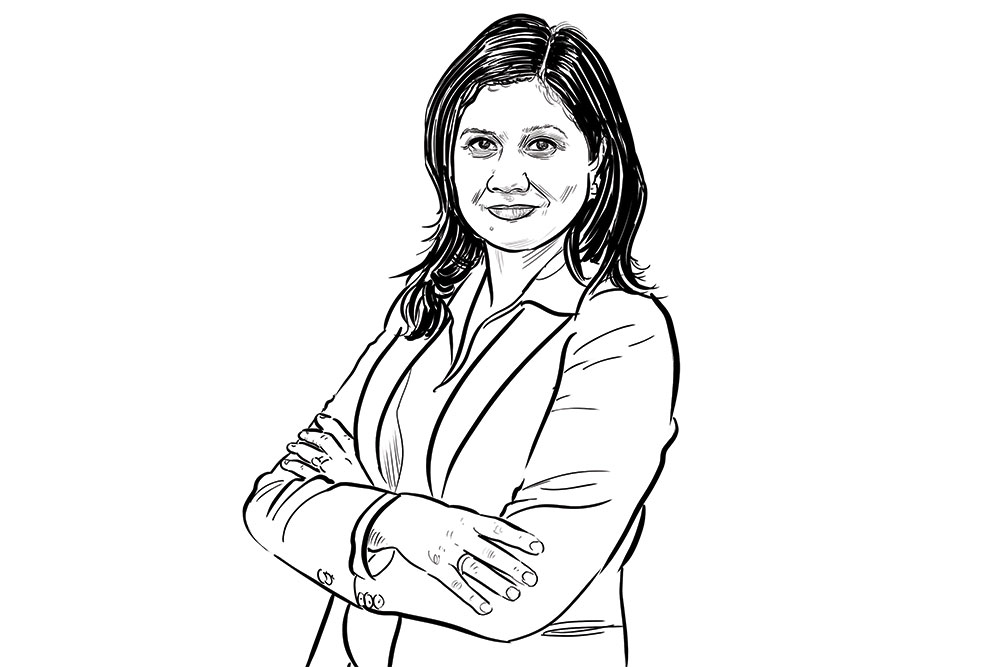While the emergence of the Omicron variant has reignited uncertainty, India’s economic recovery is likely to gain momentum this year. This, in conjunction with uncomfortably high domestic inflation, will set the stage for interest rates to rise over 2022. Nevertheless, the increase in interest rates is likely to be modest, so savers may be in for marginal real returns.
Here’s a quick recap: India’s real GDP expanded by 8.4 per cent year-on-year (y-o-y) in Q2 FY2022. With this, the absolute level of GDP inched above the pre-pandemic level of Q2 FY2020, an important milestone. However, the disaggregated data was far from convincing regarding the durability and sustainability of the recovery, with private and government consumption expenditure remaining well below their pre-Covid levels in Q2 FY2022.
Subsequently, industrial output grew by a tepid 3.2 per cent in October 2021, dampening the exuberance generated by the festive season at the start of this quarter. Discouragingly, many high-frequency indicators lost steam in November 2021. Fresh uncertainty generated by the Omicron variant could derail the tentative recovery in the contact-intensive sectors.
For now, we maintain our forecast of a 9 per cent real GDP expansion in FY2022, with a clear K-shaped divergence among the formal and informal parts of the economy. We expect a similar 9 per cent growth in FY2023, but one that is more meaningful and tangible than the base effect-led growth in FY2022.
The Reserve Bank of India’s (RBI’s) latest survey of consumer confidence in urban areas points to a modest pickup. We expect 85-90 per cent of all Indian adults to be double vaccinated by March 2022, which should enhance confidence, although a cloud of doubt hovers over the efficacy of the existing vaccines against the Omicron variant.
Evidence of a rise in demand is provided by the jump in merchandise imports in the recent months. Rising consumption will push capacity utilisation above the crucial threshold of 75 per cent by end-2022, which should trigger a broad-based pick-up in private sector investment in 2023.
The visibility of tax revenue growth will embolden faster government spending in 2022. While the provision of GST compensation to state governments was to cease at the end of June 2022, substantial funds would be transferred on a cash flow basis during 2022. This would bolster state spending, a key engine of growth and confidence in the economy.
With input price pressures forcing producers to raise prices in many sectors, the November 2021 Consumer Price Index (CPI) inflation accelerated to 4.9 per cent, shrugging off the positive impact of the cut in fuel taxes, and appears set to rise further to 5.3-6 per cent during this fiscal year. As long as CPI inflation remains within 2-6 per cent, the Monetary Policy Committee (MPC) will prefer to prioritise growth and impart durability and sustainability to recovery. However, with inflation remaining high, it is only a matter of time before the MPC switches gears to anchor inflation.
In our base case scenario, we expected the monetary policy stance to change from accommodative to neutral in February 2022, accompanied by a hike of 15 basis points (one bps is a hundredth of a percentage point) in the reverse repo rate. Subsequently, we foresaw hikes of 25 bps each in the repo and reverse repo rates in the next two policy reviews, followed by a reassessment of growth’s durability. However, recovery remains patchy, and the above timetable could be deferred by two months, as long as CPI inflation remains under 6 per cent.
The yield for the benchmark 10-year government securities (G-secs) has already crossed 6.4 per cent. As the US Federal Reserve and RBI inch closer to hiking rates, the 10-year G-secs yield is expected to be in the range of 6.4-6.7 per cent in the coming quarter.
Overall, most rates have bottomed out, and will rise in 2022, unless a third wave derails the recovery. Nevertheless, with inflation still expected to be in the range of 4.5-5 per cent in FY2023, savers can at best expect a low real return.
Aditi Nayar is Chief Economist, ICRA

